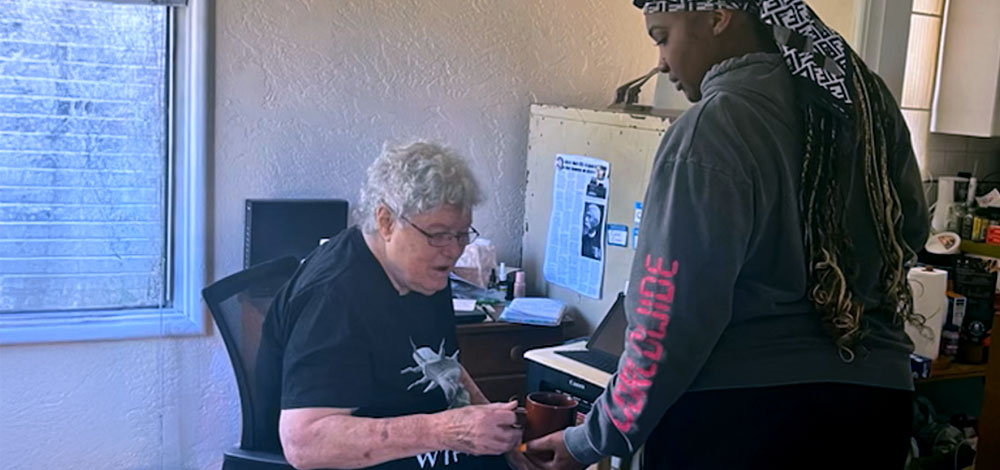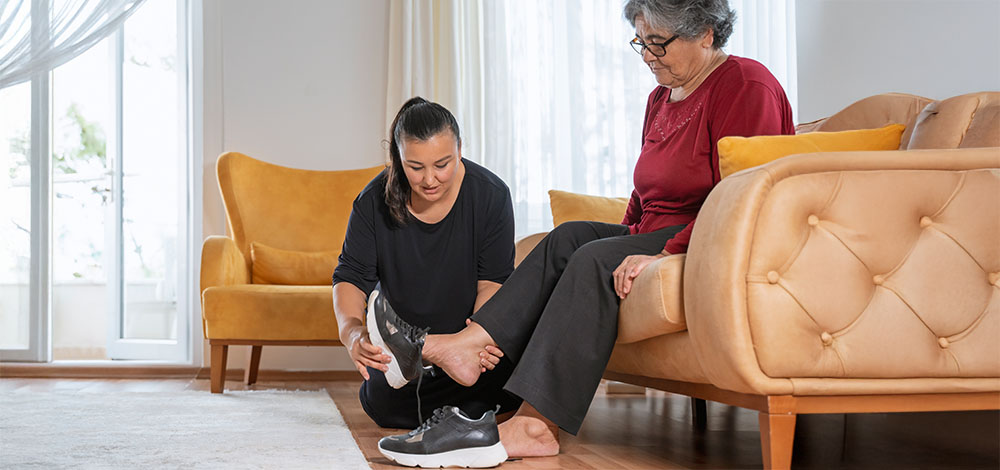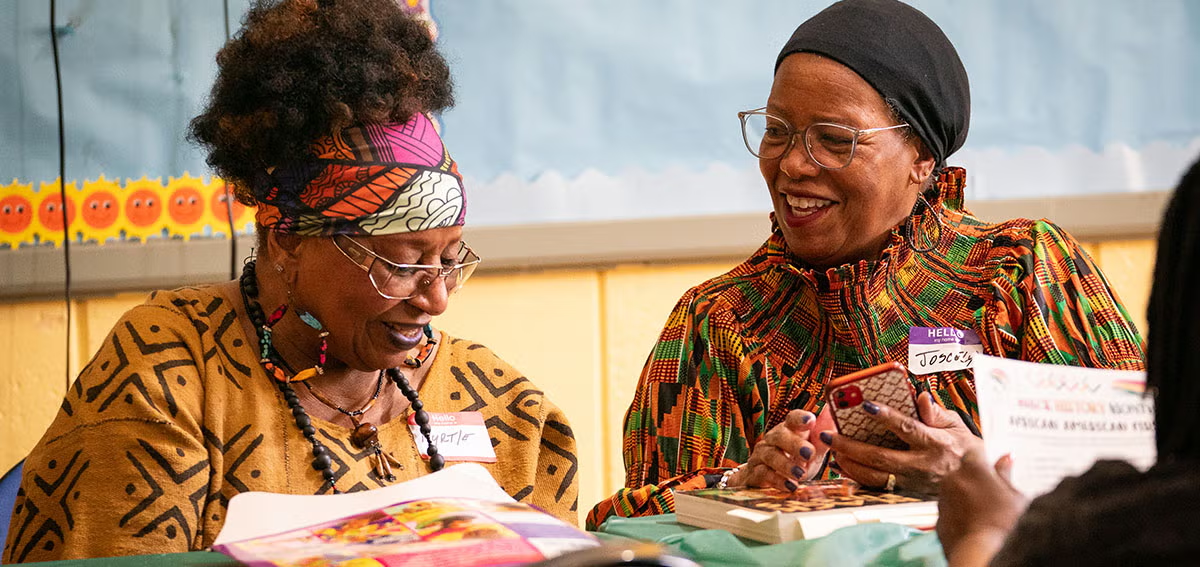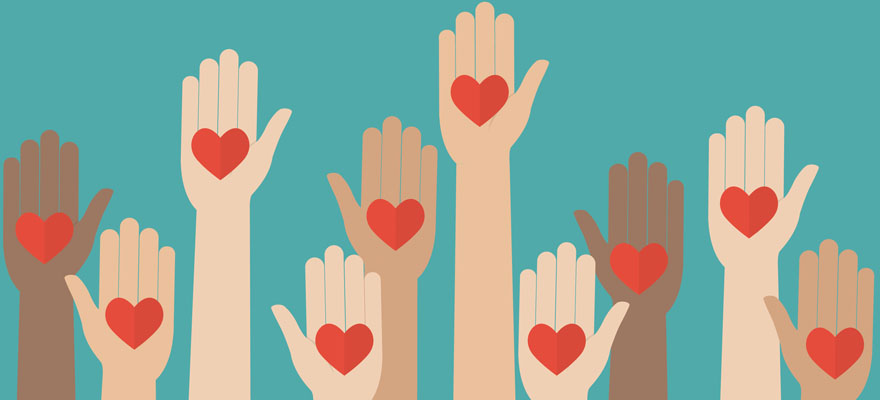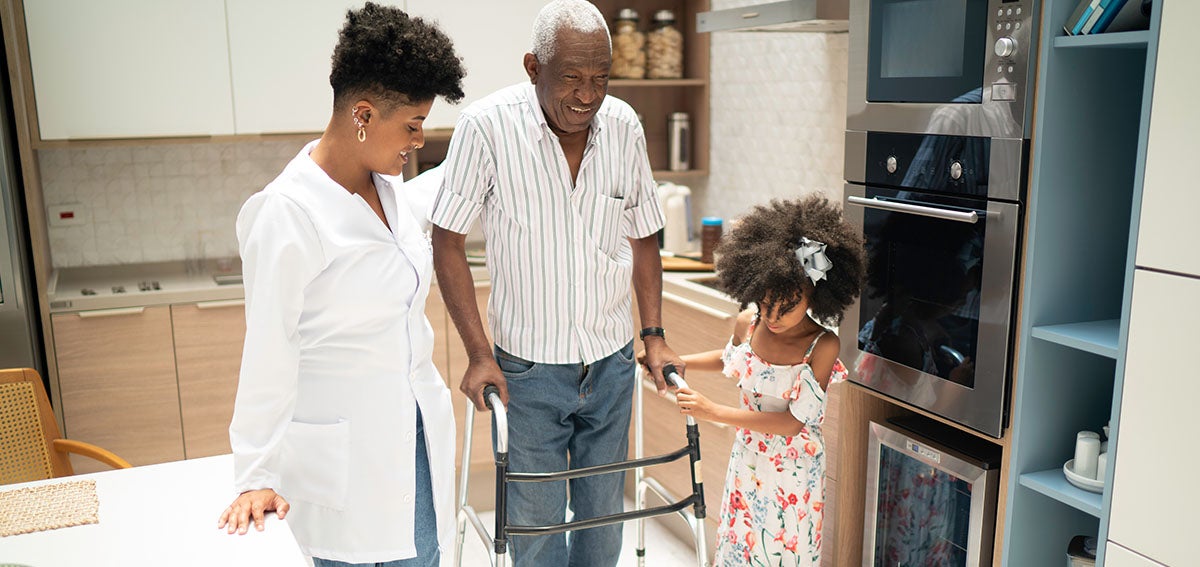
Laura’s 78-year-old mother fell off a health cliff, spiraling downward in a decline that’s not uncommon among older adults. “She went from normal cognition to thinking it was her wedding day and that I was her mother,” Laura told Vox journalist Anne Helen Petersen. “She didn’t know how to walk and didn’t remember what had happened to her.”

Laura, whose last name and location were withheld to protect her privacy, spent the next few years caring for her parents. Like many other Americans who become full-time caretakers, she had limited options. Medicare doesn’t cover most long-term daily care, despite the millions of aging Americans who need it.
Medi-Cal, California’s Medicaid program for people with low incomes, does cover some in-home and community-based care for those who meet various eligibility requirements. Medi-Cal also covers long-term care in skilled nursing facilities. Currently, individual Medi-Cal recipients must have $2,000 or less in assets, including a home. This asset test is scheduled to be phased out no later than January 1, 2024.
For those without coverage, the out-of-pocket expenses of in-home or nursing home care are daunting, Peterson reported. “The median yearly cost of in-home care with a home health aide in 2020 was $54,912, and the median cost for a private room in a nursing home was $105,850.”
The cost of not working is also prohibitive, Laura discovered. The hours of daily care she devoted to her mother meant she couldn’t maintain her consulting business. At age 63, Laura found herself with a decimated retirement account, no savings, and no income.
“Depending on your own experience with elder care, Laura’s case might sound extreme. But it isn’t, not really,” Peterson wrote. “It’s just that most of this care work — both paid and unpaid — remains invisible.” An estimated 41.8 million people nationwide currently provide care for an adult over 50 (PDF), according to AARP.
Nearly 55% of Americans will have low-to-moderate long-term care needs in their lifetimes, according to the Center for Retirement Research at Boston College. About 25% of Americans will have “the type of severe needs that most people dread,” Andrew Osterland reported for CNBC.
As the oldest baby boomers begin turning 80 in 2025, the pressures of caregiving will only intensify. “Advances in technology and public health have allowed people to live longer in a condition of frailty, and we haven’t developed a long-term care system to keep up with that,” Howard Gleckman, a senior fellow focused on health care at the Urban Institute, told Osterland.
Emotional and Financial Pressure on Caregivers
The toll of these needs on unpaid family caregivers is immense emotionally, physically, and financially. Women and especially women of color are hard hit by the demands of caring for older family members. An estimated 66% of caregivers are female. The average caregiver is a 49-year-old woman employed outside the home and provides 20 hours per week of unpaid care to her mother, according to the Family Caregiver Alliance.
In California, a recently released survey by the UCLA Center for Health Policy Research found that caregivers who identified as Black (28%), Asian (23%), or Latinx (22%) were more likely than those who were White (18%) to report that caregiving was “somewhat” to “extremely” financially stressful (PDF).
Recent state and federal policy efforts, including the federal Build Back Better bill currently awaiting consideration in the Senate, and California’s Master Plan on Aging, represent attempts to address the challenges of both paid and unpaid caregiving.
Caregivers report that while their responsibilities are rewarding, they also are so taxing that their own health suffers. More than half of caregivers find a sense of purpose or meaningfulness in their role, according to the 2020 report Caregiving in the US, which was produced by AARP and the National Alliance for Caregiving. Yet “these positive emotions often coexist with feelings of stress or strain,” the report said.
One in four people surveyed for the report said they “find it difficult to take care of their own health.” Twenty-three percent said that caregiving has “made their own health worse.”
Caregiving is also financially burdensome according to another recent report from AARP, Caregiving Can Be Costly — Even Financially: “Nearly eight in 10 caregivers report having routine out-of-pocket expenses related to looking after their loved ones. The typical annual total is significant: $7,242.” On average, the authors note, family caregivers are spending 26% of their income on caregiving-related expenses.
Unequal Impact
While all ethnic and racial groups in the US report caring for elders, the effects of providing that care do not fall equally on everyone. Latinx caregivers spend the most out-of-pocket — 44% of their income, or about $9,000 a year, the AARP report said. Black caregivers spend 34% of their income on out-of-pocket caregiving expenses, compared to 14% of income spent by White Americans.
Recognizing the necessity of paid caregivers requires “a rejection of the belief that we don’t need social safety nets in this country because we have women,” Peterson wrote in Vox.
“Even as more and more women have entered the workforce each decade, and more and more elders require more and more complex care, the governmental understanding of who should provide that care has remained stubbornly rooted in the ideology of family responsibility,” Peterson wrote. “In practice, that means continually undervaluing those who provide paid care, while also making it incredibly difficult for family members in most states to receive Medicaid payment or reimbursement for their labor as a part- or full-time caregiver.”
Caregiving Assistance in Build Back Better
The pending Build Back Better bill, also called the human infrastructure bill, is awaiting action in the US Senate. The House version of the bill, passed in mid-November, includes four weeks of paid leave for caregivers. Caregivers who had access to family leave were more likely to remain employed than those without that benefit, even if the leave was unpaid, according to Caregiving in the US. The report noted that the lack of family or caregiving leave costs adult women between age 18 and 64 like Laura about $1.4 billion in lost wages between 2009 and 2018, according to the Center for American Progress.
The Build Back Better package would set aside $150 billion to expand access to home care for the elderly and disabled, Kelsey Butler reported in Bloomberg. Another $1.2 billion is for initiatives that support older Americans, such as home and community-based care services and nutrition programs.
Supports for California Caregivers
The situation in California mirrors national trends, according to the state’s Master Plan on Aging, which notes that the state has nearly five million family caregivers. “Women, particularly Black, Indigenous, Latino, and Asian-American women are providing a disproportionately large share of this care — often while simultaneously caring for children,” the plan notes.
The state has several initiatives underway to address the needs of caregivers. For family caregivers, these include promoting existing state-paid family leave benefits and expanding respite leave.
The state also has the opportunity to relieve some of the burden on caregivers and increase support for those who need care through a spending plan (PDF) for home and community-based services. The plan proposes more than $4.6 billion in funding to improve access to and the quality of these services.
Pressure on Caregivers Will Increase
Assistance to caregivers will become only more important as baby boomers age. “Most long-term care needs arise when people are in their mid- to late-80s,” Gal Wettstein, a senior research economist at the Center for Retirement Research at Boston College, told CNBC reporter Osterland. “We’re not there yet with the boomers, but that is the big concern.”
Authors & Contributors

Heather Tirado Gilligan
Heather Tirado Gilligan is a journalist who has written for publications including Slate, The Nation, CNN, and the Washington Post. Previously, she was executive editor of the California Health Report, a news nonprofit covering disparities in health and access to health care. Heather received a master’s degree in journalism from UC Berkeley and a PhD in English from Rutgers University, where she studied race in American culture.

